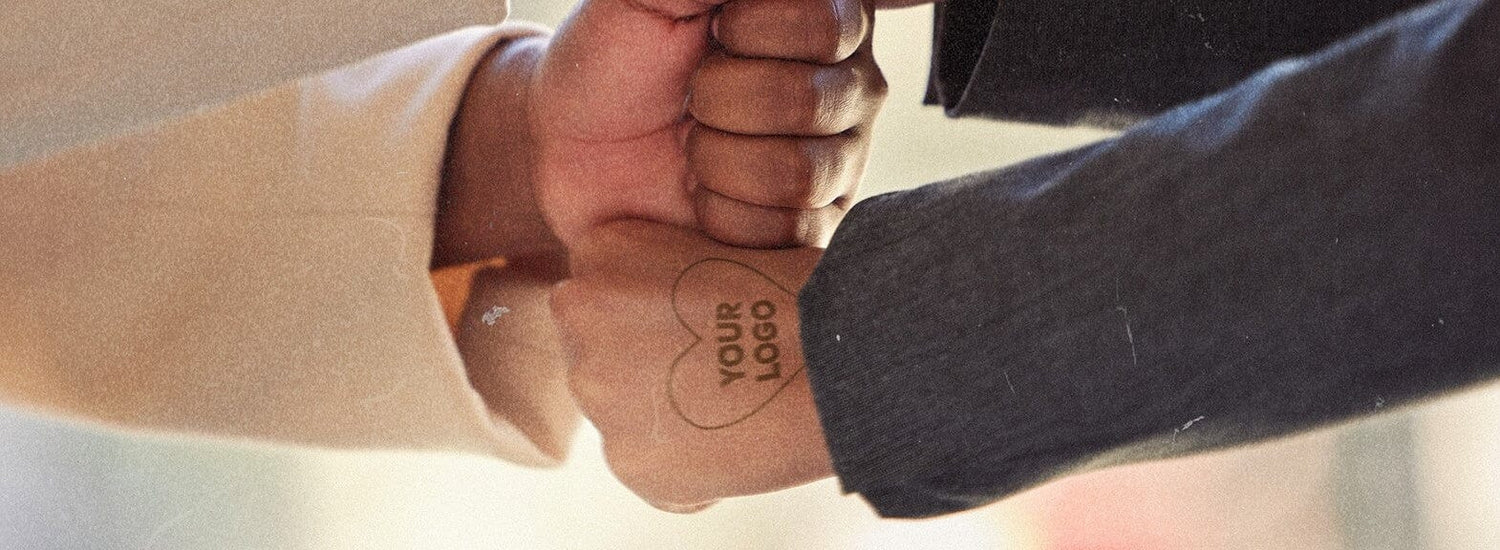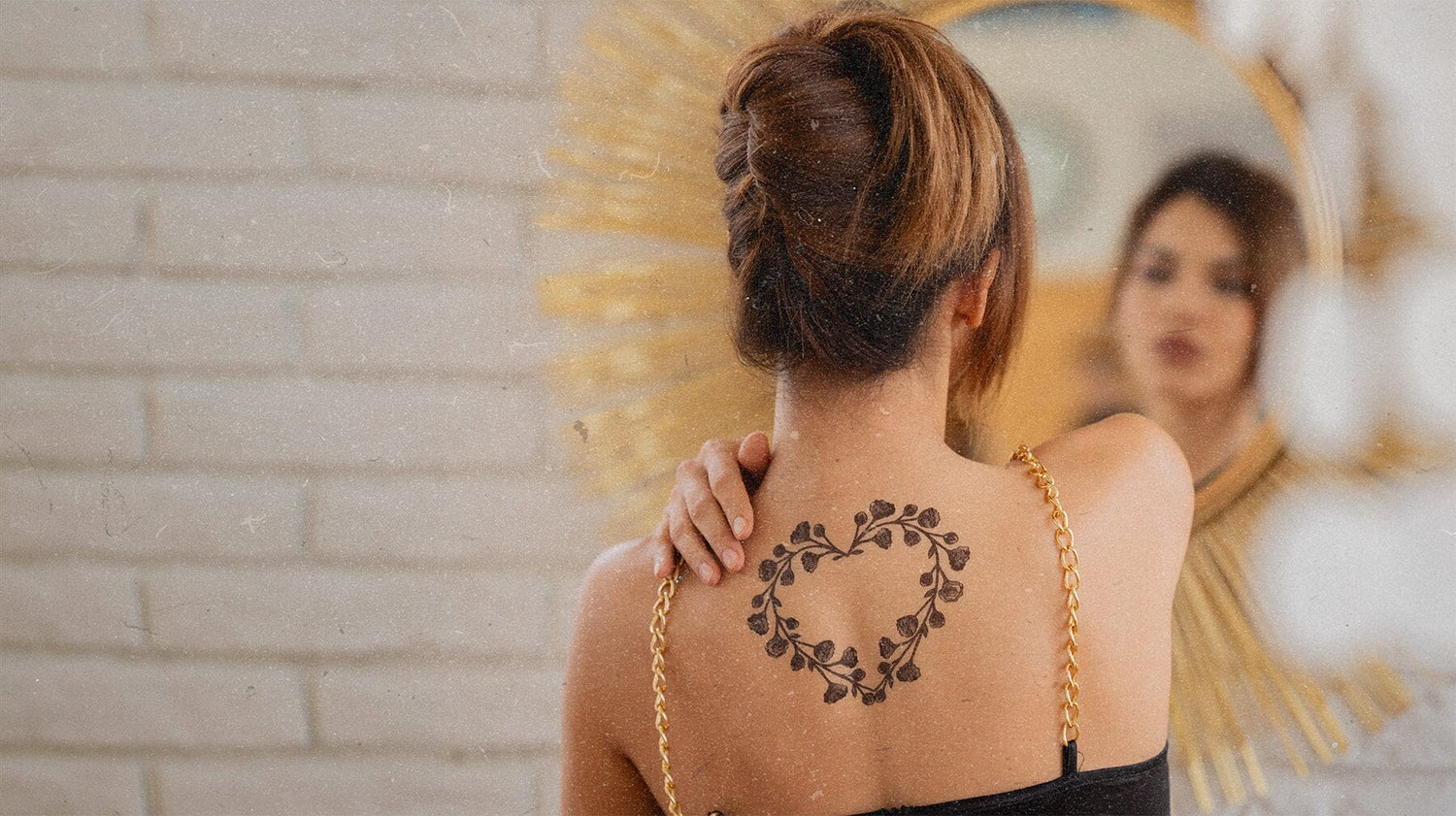Human beings have adorned their bodies with decorative art for millennia, a practice that spans across cultures, time periods, and social contexts. While permanent tattoos have their place in this rich history, temporary body art has also played a significant role in self-expression, tradition, and fashion. From the natural beauty of henna to the glimmer of flash tattoos and our temporary ones, let's take a brief journey through the intriguing history of temporary body art.
Henna Tattoos: Ancient Beginnings
Henna, a plant-based dye, has been used for centuries to create intricate designs on the skin. Its origins can be traced back to ancient Egypt, where it was not only employed for cosmetic purposes but also for its believed protective and healing properties. Over time, henna spread through the Middle East, North Africa, and South Asia, becoming a vital element of cultural celebrations and rites of passage.
Henna tattoos, also known as mehndi, typically feature patterns of flowers, leaves, and intricate geometric shapes. They are often applied to the hands and feet of brides during weddings, symbolizing beauty, joy, and auspiciousness. The natural reddish-brown pigment gradually darkens over a period of hours or days before fading away, making it one of the most enduring forms of temporary body art.
Watercolor Tattoos: A Modern Twist
Watercolor tattoos, characterized by their vivid and ethereal designs, have become increasingly popular in recent years. These tattoos mimic the appearance of watercolor paintings and often feature bold splashes of color, abstract forms, and delicate brushstroke-like lines.
The appeal of watercolor tattoos lies in their capacity to blend various hues and tones, creating a unique and artistic look. They offer a fresh alternative to traditional tattooing, allowing for individual expression through a painterly style. However, it is essential to note that watercolor tattoos, while temporary in nature, still involve a level of permanence compared to other forms of temporary body art, as they are created using the same inks as permanent tattoos.
Temporary Tattoos
Temporary tattoos started out as an outlet for childern to have their own fun with body art. Temporary or fake tattoos found their use in fashion and on movie sets as well. Now it is time for you to try them. It is fun, it is painless and it is temporary. Fake tattoos serve as an amazing tool for changing a person´s look or as a little test drive before you decide to get a permanent ink. Similar to flash tattoos, they can be used for festivals, weddings or other special occasions that my occur in your life.
Flash Tattoos: The Shimmering Trend
Flash tattoos, also known as metallic or jewelry tattoos, have taken the fashion world by storm in recent years. These temporary body art pieces are typically made of metallic or foil materials, giving them a shimmering, jewelry-like appearance. Flash tattoos come in a variety of designs, from delicate bracelets and anklets to bold statement pieces that cover larger portions of the body.
The origins of flash tattoos are rooted in jewelry and body adornment. They allow individuals to experiment with different looks without the commitment of a permanent tattoo. These glimmering designs often have a temporary lifespan of a few days, making them perfect for special occasions, festivals, or simply to express one's style and personality.
The Cultural Significance of Body Art
Throughout history, temporary body art has held cultural significance in various societies. In addition to henna's connection to weddings and celebrations, many indigenous cultures worldwide have used body painting as a form of communication, identity, and tradition. Indigenous tribes in Africa, the Americas, and Oceania have utilized body art to symbolize tribal affiliations, rites of passage, and spiritual beliefs.
In contemporary society, temporary body art has also become a medium for self-expression. It allows individuals to experiment with different styles and designs, express their creativity, and make a statement about their personality. Whether it's the henna of the East, the watercolor tattoos of the modern world, or the glimmering flash tattoos of fashion-conscious individuals, temporary body art offers a rich tapestry of artistic and cultural significance.



